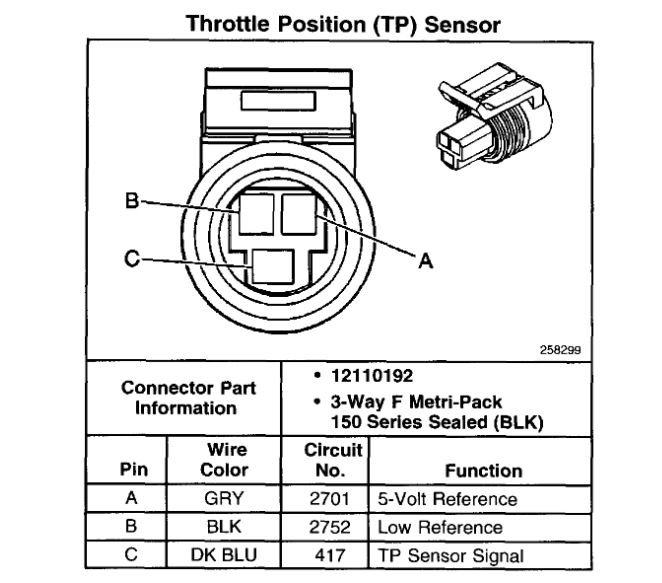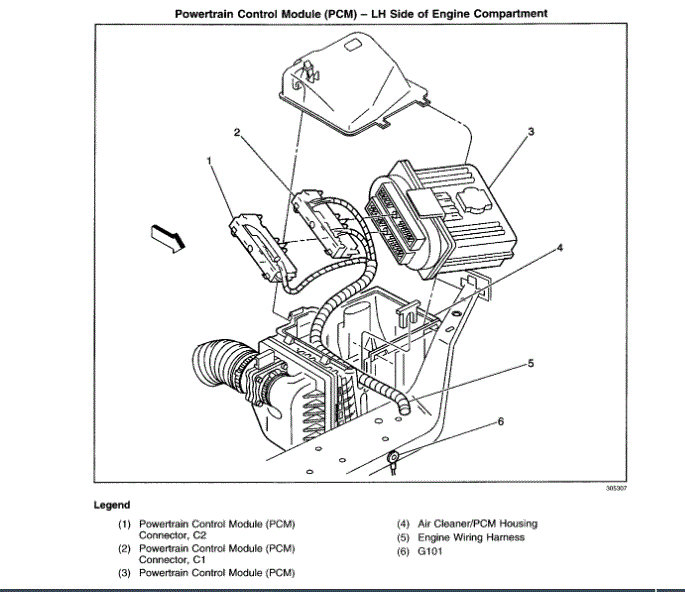No DTC's.
It happens when the car has warmed up, but not 100% of the time.
I have replaced the following:
Fuel regulator. Because it was leaking gas. Okay
PVC
PVC hose and U tube ( U tube was collapsing it is okay now)
IAC valve ( thought may be old on the tip some pitting) cleaned seat of tip
TPS ( it rode up and down smoothly in % ( Autel reader) and Volts (DMM) I thought that there was a short inside the TPS sensor, therefore the lack of a DTC, but it would send a high signal to PCM and if this happened at the closed position, the PCM would interpret the voltage reading as throttle open some %.
Cleaned throttle body
Throttle linkage appears free.
Cleaned MAF
Have disconnected:
IAT
MAF
IAC
TPS
Vacuum hose from brake booster and plugged.
PCV valve from valve cover and plugged PCV valve.
There appears to have no significant effect on RPM.
Last episode RPM's went from 1300-1400 then 1800, then 2000, then 2200, then 2800 then 1400, 1700, then 3400, then 2000. The changes happened without any reasons that I can tell what is causing it. The RPM's are all over the place,
Prior to taking everything apart I pushed the RPM and around 4000 the car would cut off and catch up again.
I have to put in neutral when coming to a stop and then put in drive and when shifting back neutral these variations occur.
I check the TPS connector with the connector unplugged with a DMM and got to read about 1.6V on the signal leg (dark blue B con. #66)
I thought I should be reading close to 0 volts.
5 volts is present on the reference leg (grey wire B con. #33)
No volts at ground leg.
Voltage presence on signal leg.
SPONSORED LINKS
Friday, September 25th, 2020 AT 11:55 AM





